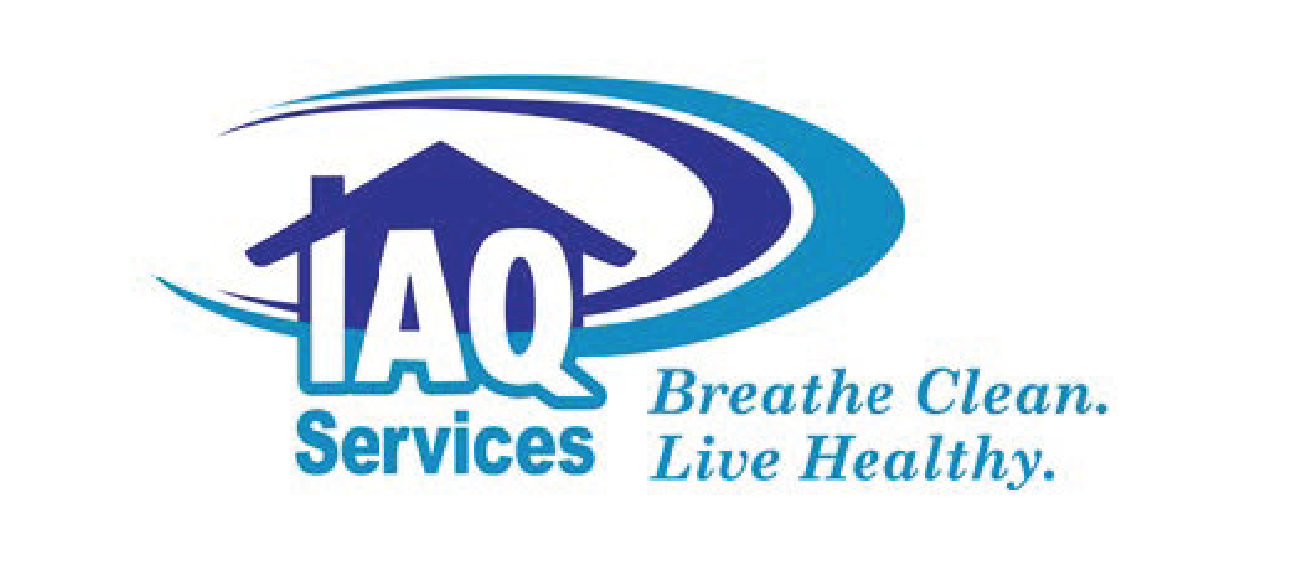Evaluating Your Home's Air Filtration System
How to Assess and Upgrade Systems in New Orleans
Assessing Your Current Air Filtration System
Assessing your current air filtration system is the first step toward ensuring optimal indoor air quality in your New Orleans home.
Identifying Your Current System
Filter Type
Basic HVAC filters are typically made of fiberglass or pleated paper. These filters primarily protect your HVAC system itself rather than improve indoor air quality significantly. They capture large particles like dust and lint but are less effective against smaller pollutants.
High-efficiency particulate Air (HEPA) filters can capture 99.97% of particles as small as 0.3 microns, including dust, pollen, mold, and bacteria. They are ideal for homes with allergy or asthma sufferers.
Finally, electronic air cleaners use electrostatic attraction to capture particles. They can be more effective than standard filters but require regular maintenance and cleaning for effectiveness.
Check the MERV (Minimum Efficiency Reporting Value) of your filter, a rating of 1-20 that measures a filter’s ability to capture particles between 0.3 and 10 microns. Higher MERV ratings indicate better filtration.
Evaluating Air Quality Issues
Indoor Air Pollutants
To check for indoor air pollutants, look for dust buildup on surfaces, mold growth in damp areas, and pet dander around the environment.
You can use a Certified Indoor Environmentalist to perform an inspection of the internal space of your home to identify signs of air quality and humidity issues. This type of home inspection offers information and tailored solutions to address specific air quality issues in your home. It can serve as a preventive tool to potential future problems that can be costly to rectify.
Pay attention to respiratory issues, allergies, or asthma symptoms among household members, which can indicate poor air quality.
Outdoor Pollutants
Regularly check the EPA’s Air Quality Index (AQI) for information on PM2.5 levels and other pollutants in your area.
Homes closer to industrial areas may experience higher levels of pollutants. This might necessitate more frequent filter changes or the use of advanced filtration systems.
Inspecting Ventilation
Ensure that kitchen and bathroom exhaust fans are vented to the outside and are in good working condition. These fans help remove moisture and pollutants.
Some HVAC systems have fresh air intakes. Ensure these are clear of obstructions and properly filtered.
Check seals around windows and doors to ensure they are tight and not allowing outdoor air pollutants to enter.
Use cross-ventilation strategies to allow fresh air to flow through the home when outdoor air quality is good.
Addressing New Orleans-Specific Challenges
Addressing the unique air quality challenges in New Orleans requires tailored solutions due to the specific environmental conditions.
Sealing and Insulation
Ensure that all windows and doors are properly sealed. Use weatherstripping and caulk to close gaps that might allow pollutants and humidity to enter.
Identify and seal any air leaks in the building envelope, including around pipes, vents, and electrical outlets.
Proper insulation can also reduce the infiltration of outdoor air pollutants. Consider adding proper insulation to walls, attics, and basements.
Filtration Upgrades
Use high-MERV filters (13-16) in your HVAC system to capture fine particles from industrial emissions, or consider standalone HEPA air purifiers in key areas of your home for additional filtration.
Activated carbon filters can absorb VOCs and other gaseous pollutants, reducing odors and chemical contaminants.
Seasonal Pollen
During high pollen seasons, keep windows and doors closed, especially on windy days. Try to change your clothes after spending time outdoors and regularly groom pets to reduce pollen indoors.
Change HVAC filters more frequently during pollen season to maintain optimal air quality and use portable air purifiers with HEPA filters in bedrooms and living spaces to capture airborne pollen.
Control Mold and Mildew
Use dehumidifiers to maintain indoor humidity levels between 30-50%. Consider a whole-house dehumidifier for comprehensive control. Ensure your air conditioning system is properly sized and maintained to effectively manage humidity.
Install and maintain exhaust fans in bathrooms, kitchens, and laundry rooms to remove moisture and prevent mold growth. Ensure fans are properly vented to the outside and free from obstruction.
Proper ventilation in attics and crawl spaces can prevent moisture buildup and mold growth. Consider adding vents or using a moisture barrier.
Regularly clean surfaces to prevent mold buildup and use mold-killing cleaning products as needed in bathrooms and kitchens.
Ensure gutters and downspouts are clean and direct water away from your home’s foundation to prevent basement moisture.
Professional Assistance
The assessment provided by a Certified Indoor Environmentalist will pinpoint areas where indoor air quality issues are occurring or have potential to develop with the appropriate tailored solutions. This type of home inspection can save property owners money by caching issues in the early stages.
IAQ specialists can implement targeted interventions, such as installing air purifiers, improving ventilation, and suggesting behavioral changes to reduce indoor pollutants.
They can identify sources of mold and mildew, recommend moisture control strategies, and suggest mold-resistant building materials.
Ensuring Optimal Indoor Air Quality in New Orleans
Start by assessing your current filtration system and understanding its capabilities. Control humidity with dehumidifiers and proper AC maintenance to prevent mold.
Seal and insulate your home to reduce pollutant infiltration, and seek professional assistance for comprehensive evaluations and targeted interventions.
By following these steps, you can significantly improve indoor air quality, creating a healthier living environment.
